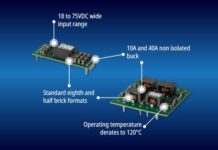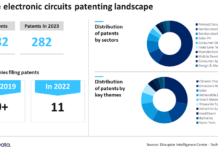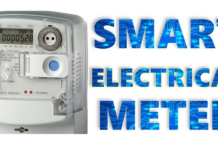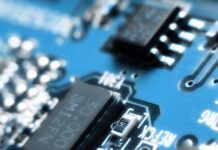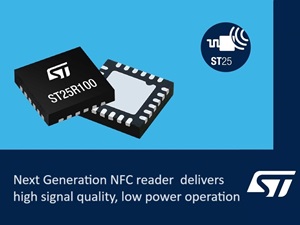
Power Management Integrated Circuits (PMICs) are specialized semiconductor devices designed to manage the power requirements of various electronic systems. They play a crucial role in ensuring that electronic devices operate efficiently, reliably, and safely. PMICs are widely used in a variety of applications, including consumer electronics, automotive systems, industrial equipment, and telecommunication devices.
PMIC Functions
PMICs integrate several power management functions into a single chip, offering a comprehensive solution for power regulation and distribution. The primary functions of PMICs include:
· Voltage Regulation: PMICs provide precise voltage regulation to different components within an electronic system. This includes step-down (buck) converters, step-up (boost) converters, and low-dropout (LDO) regulators. These converters ensure that each component receives the appropriate voltage level required for its operation.
· Power Sequencing: PMICs manage the order in which different power rails are powered up and down. Proper sequencing is essential to prevent damage to sensitive components and to ensure stable operation during power transitions.
· Power Monitoring and Control: PMICs include features for monitoring various power parameters such as voltage, current, and temperature. This information is used to control power delivery dynamically, optimize efficiency, and protect against over-voltage, over-current, and thermal conditions.
· Battery Management: In battery-powered devices, PMICs handle battery charging, discharging, and protection. They ensure efficient charging, extend battery life, and protect against overcharging and deep discharging, which can damage the battery.
· Energy Harvesting: Some PMICs are designed to manage energy harvesting from sources like solar panels or thermoelectric generators. They convert and regulate the harvested energy to power electronic devices or charge batteries.
· Load Management: PMICs can distribute power to various loads based on their priority and demand. This feature is particularly useful in systems with multiple components that have varying power requirements.
Importance of PMICs in Modern Electronics
The integration of multiple power management functions into a single PMIC offers several advantages:
· Size and Cost Reduction: By consolidating various power management functions into one chip, PMICs reduce the need for multiple discrete components. This integration leads to smaller and more cost-effective designs, which is particularly important in portable and space-constrained applications.
· Improved Efficiency: PMICs are designed to optimize power conversion efficiency, which reduces power loss and heat generation. This efficiency is crucial for battery-powered devices, where maximizing battery life is a key concern.
· Enhanced Reliability: PMICs include built-in protection features that enhance the reliability and safety of electronic systems. By monitoring and controlling power parameters, PMICs prevent conditions that could lead to component damage or system failure.
· Simplified Design Process: Using a PMIC simplifies the power management design process. Engineers can leverage the integrated functions and protection features of a PMIC, reducing the complexity of the power system design and speeding up the development cycle.
Applications of PMICs
PMICs are used in a wide range of applications, each with specific power management requirements:
· Consumer Electronics: In smartphones, tablets, laptops, and wearable devices, PMICs manage power from the battery to various subsystems, ensuring efficient operation and extended battery life.
· Automotive Systems: PMICs in automotive applications handle power distribution and management for infotainment systems, advanced driver-assistance systems (ADAS), and electric vehicle (EV) powertrains. They ensure stable power delivery in the challenging automotive environment.
· Industrial Equipment: PMICs are used in industrial automation systems, robotics, and instrumentation to provide reliable power management in demanding conditions, improving system robustness and efficiency.
· Telecommunication Devices: In networking equipment and communication devices, PMICs manage power for signal processing, data transmission, and connectivity functions, ensuring uninterrupted operation and efficient power use.
Future Trends and Innovations
The demand for PMICs is expected to grow with advancements in technology and the increasing complexity of electronic systems. Key trends and innovations in PMICs include:
· Higher Integration: Future PMICs will integrate even more functions, including advanced digital control, communication interfaces, and machine learning algorithms for predictive power management.
· Advanced Process Technologies: The use of advanced semiconductor process technologies will enable the development of PMICs with higher efficiency, lower power consumption, and smaller form factors.
· Energy Efficiency: With the emphasis on green technology and sustainability, PMICs will continue to evolve to offer better energy efficiency and support for renewable energy sources.
· Customization and Flexibility: PMICs will become more customizable, allowing designers to tailor power management solutions to specific application needs, providing greater flexibility in system design.
These insights are based on a report on Power Management Integrated Circuits Market by Transparency Market Research




